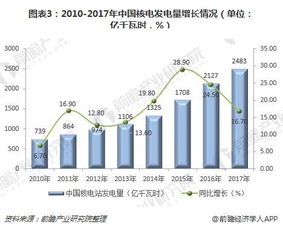绿色能源规划
```html
Exploring Green Energy through Big Data Analytics
In today's rapidly evolving world, the intersection of green energy and big data analytics presents unprecedented opportunities for sustainable development. By harnessing the power of data, we can optimize renewable energy production, enhance energy efficiency, and mitigate environmental impacts. Let's delve into the realm of green energy big data and explore its significance and potential.
Big data analytics revolutionizes the renewable energy sector by providing insights into various facets of green energy production, distribution, and consumption. Here's how:
- Optimizing Energy Production: Big data analytics enables renewable energy providers to analyze weather patterns, energy demand, and grid conditions in realtime. This allows for better prediction of energy generation from sources like solar and wind, optimizing their integration into the grid.
- Enhancing Energy Efficiency: By analyzing vast amounts of data from smart meters, sensors, and IoT devices, big data techniques identify opportunities for energy conservation and efficiency improvements in buildings, industries, and transportation.
- Facilitating Smart Grids: Big data facilitates the development of smart grids that efficiently manage energy flows, balance supply and demand, and integrate diverse energy sources, including renewables, storage systems, and electric vehicles.
- Supporting Policy Making: Datadriven insights aid policymakers in formulating effective renewable energy policies, incentivizing investment in clean energy technologies, and fostering a conducive environment for sustainable development.
Despite the immense potential, integrating big data analytics into the green energy sector poses several challenges:

- Data Quality and Integration: Ensuring the quality, consistency, and compatibility of data from heterogeneous sources remains a significant challenge in leveraging big data for green energy applications.
- Privacy and Security Concerns: The collection and analysis of vast amounts of energyrelated data raise privacy and security concerns, necessitating robust measures to safeguard sensitive information.
- Skills Gap: There is a shortage of skilled professionals with expertise in both renewable energy and big data analytics, highlighting the need for specialized training and interdisciplinary collaboration.
However, these challenges also present opportunities for innovation and growth:
- Advanced Analytics Techniques: Continued advancements in machine learning, artificial intelligence, and predictive analytics enhance the accuracy and efficiency of green energy systems, enabling proactive decisionmaking and resource optimization.
- Data Governance Frameworks: Establishing comprehensive data governance frameworks ensures data integrity, privacy compliance, and ethical use of information, fostering trust and transparency in the green energy ecosystem.
- Collaborative Partnerships: Publicprivate partnerships and interdisciplinary collaborations between energy companies, technology providers, academia, and government institutions accelerate the development and deployment of innovative solutions.
One of the most powerful tools for understanding and communicating insights from green energy big data is through visualization. Below is an illustrative example of a visualization depicting the integration of renewable energy sources into the grid:
This visualization represents realtime data on solar and wind energy generation, electricity demand, and grid stability. Through interactive dashboards and intuitive graphs, stakeholders can monitor energy flows, identify trends, and make informed decisions to optimize green energy utilization.
Green energy big data analytics holds immense promise for revolutionizing the renewable energy landscape, driving sustainability, and mitigating climate change. By leveraging advanced analytics techniques, fostering collaboration, and addressing challenges proactively, we can unlock the full potential of green energy and pave the way towards a cleaner, greener future.
